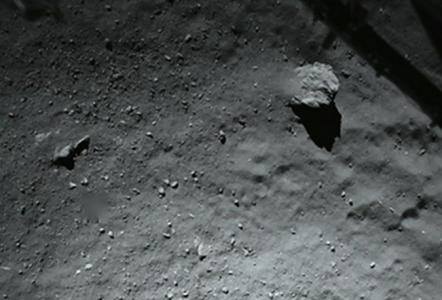
Comet from 40 metres. Photo: ESA/Rosetta/Philae/ROLIS/DLR
BERLIN (AP): The European Space Agency on Thursday published the first image taken from the surface of a comet, and said that its Philae lander is still "stable" despite a failure to latch on properly to the rocky terrain.
The lander scored a historic first on Wednesday, when it touched down on comet 67P/Churyumov-Gerasimenko after a decade-long journey through space on its mother ship Rosetta.
Scientists' jubilation was slightly dampened because the harpoons which were meant to anchor the lander to the surface failed to deploy, causing it to bounce twice before it came to rest on the comet's body, or nucleus.
"Philae is stable, sitting on the nucleus and is producing data," Gerhard Schwehm, a scientist on the Rosetta mission, told The Associated Press. "The lander is very healthy." The photos sent back to Earth show a rocky surface, with one of the lander's three feet in the corner of the frame.
Scientists are still analysing what effect the two bounces had on the spacecraft and plan to release further details at a news briefing at 2 PM (1830 IST).
Schwehm said it may still be possible to fire the harpoons, but that this would be done only if it doesn't imperil the lander.
A key question is whether Philae's drill can be used to extract samples from beneath the surface without pushing the lander into space. Gravity on the comet is 1/100,000th that of Earth, meaning the washing machine-sized lander weighs just 1 gram (0.04 ounces) there.
Philae and Rosetta will use 21 instruments to analyze the comet over the coming months. Scientists hope the $1.3 billion project ( 1.62 billion) will help them better understand comets and other celestial objects, as well as possibly answer questions about the origins of life on Earth.
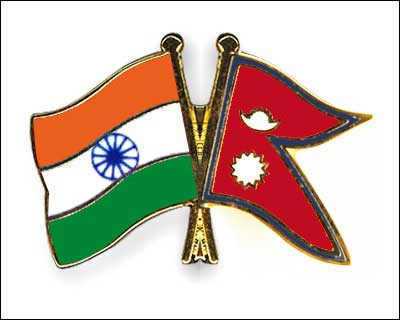 Previous Article
Previous Article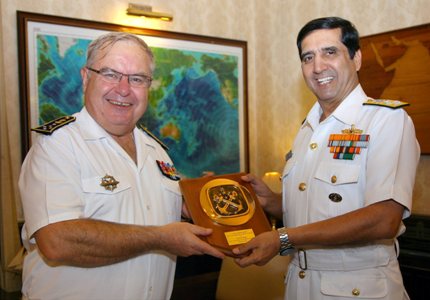 Next Article
Next Article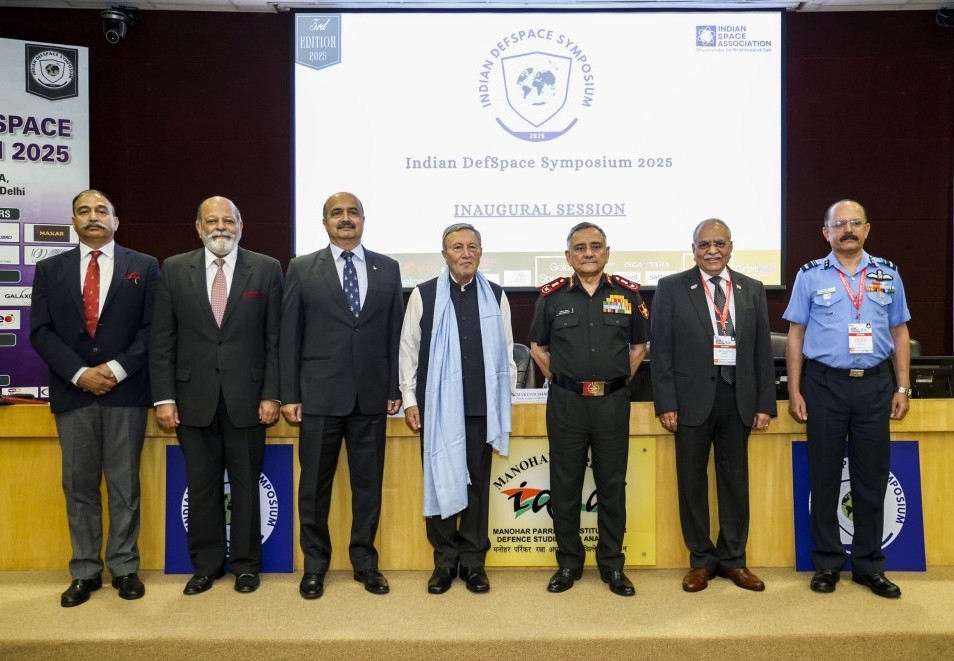


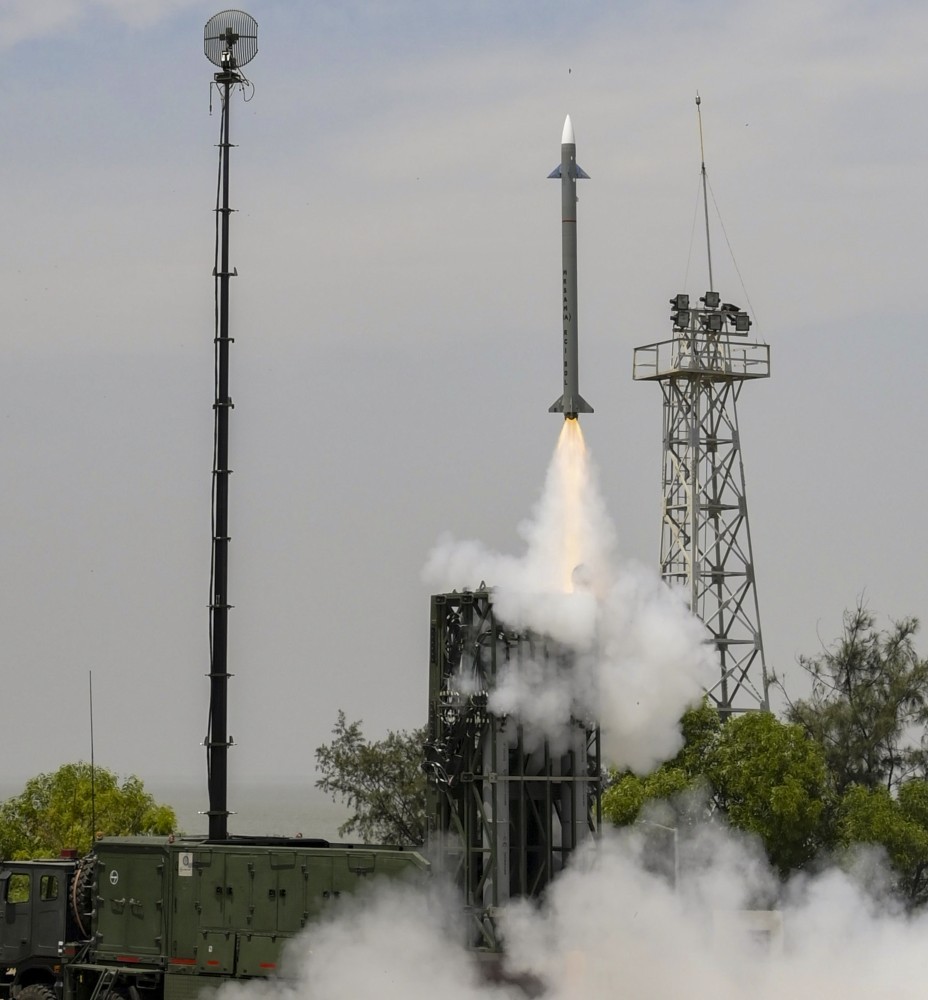










The Indian Air Force, in its flight trials evaluation report submitted before the Defence Ministry l..
view articleAn insight into the Medium Multi-Role Combat Aircraft competition...
view articleSky enthusiasts can now spot the International Space Station (ISS) commanded by Indian-American astr..
view article